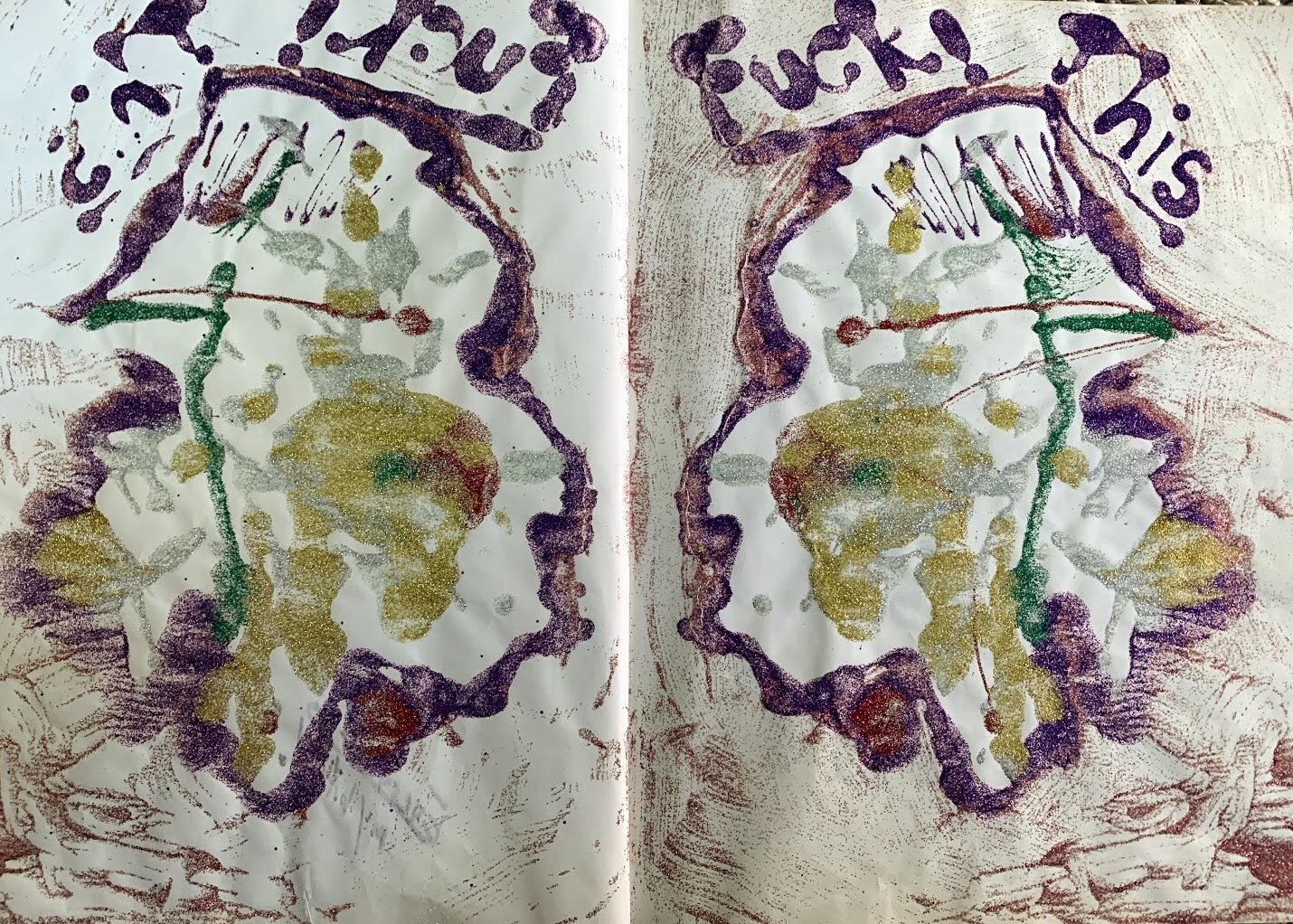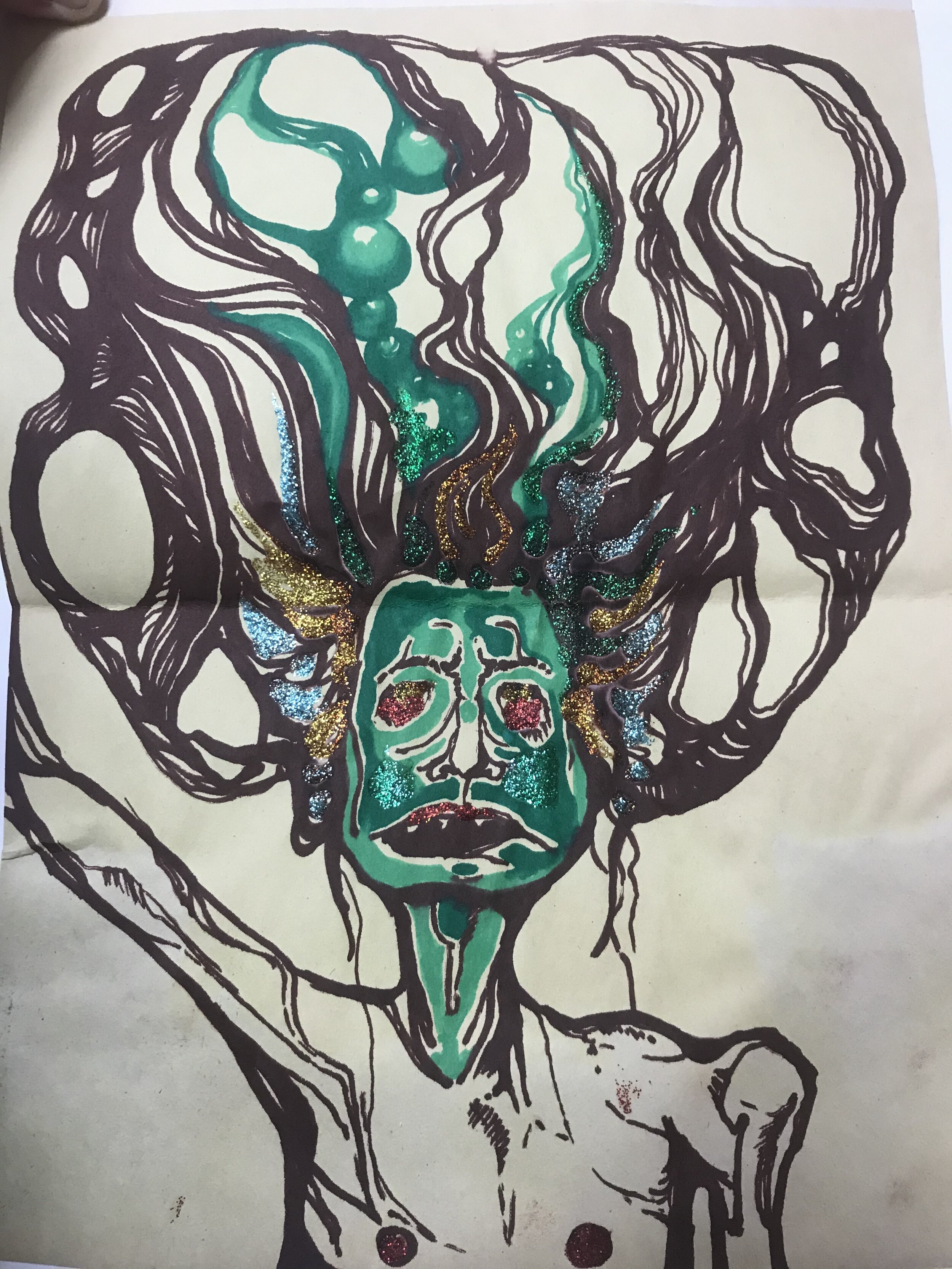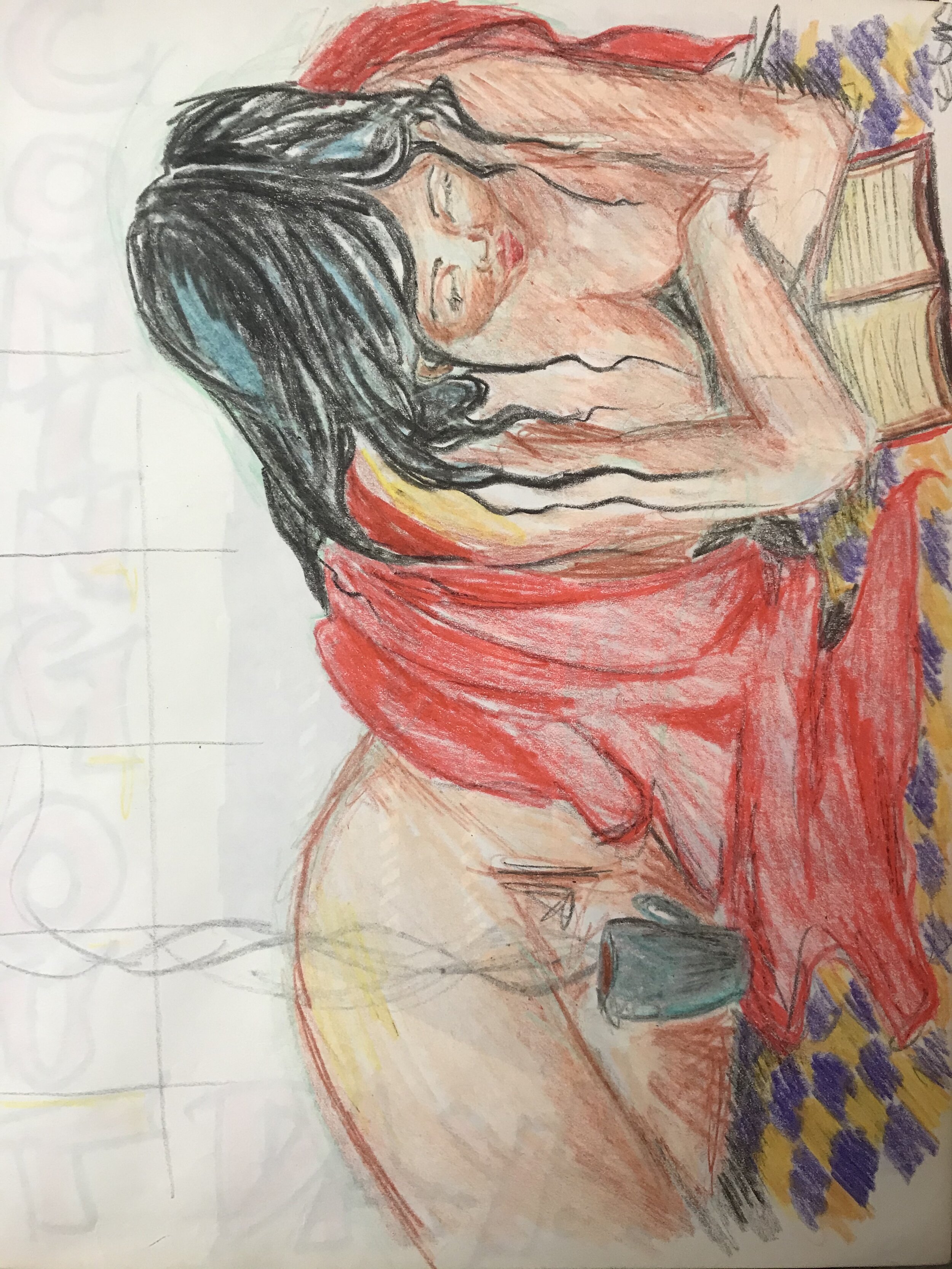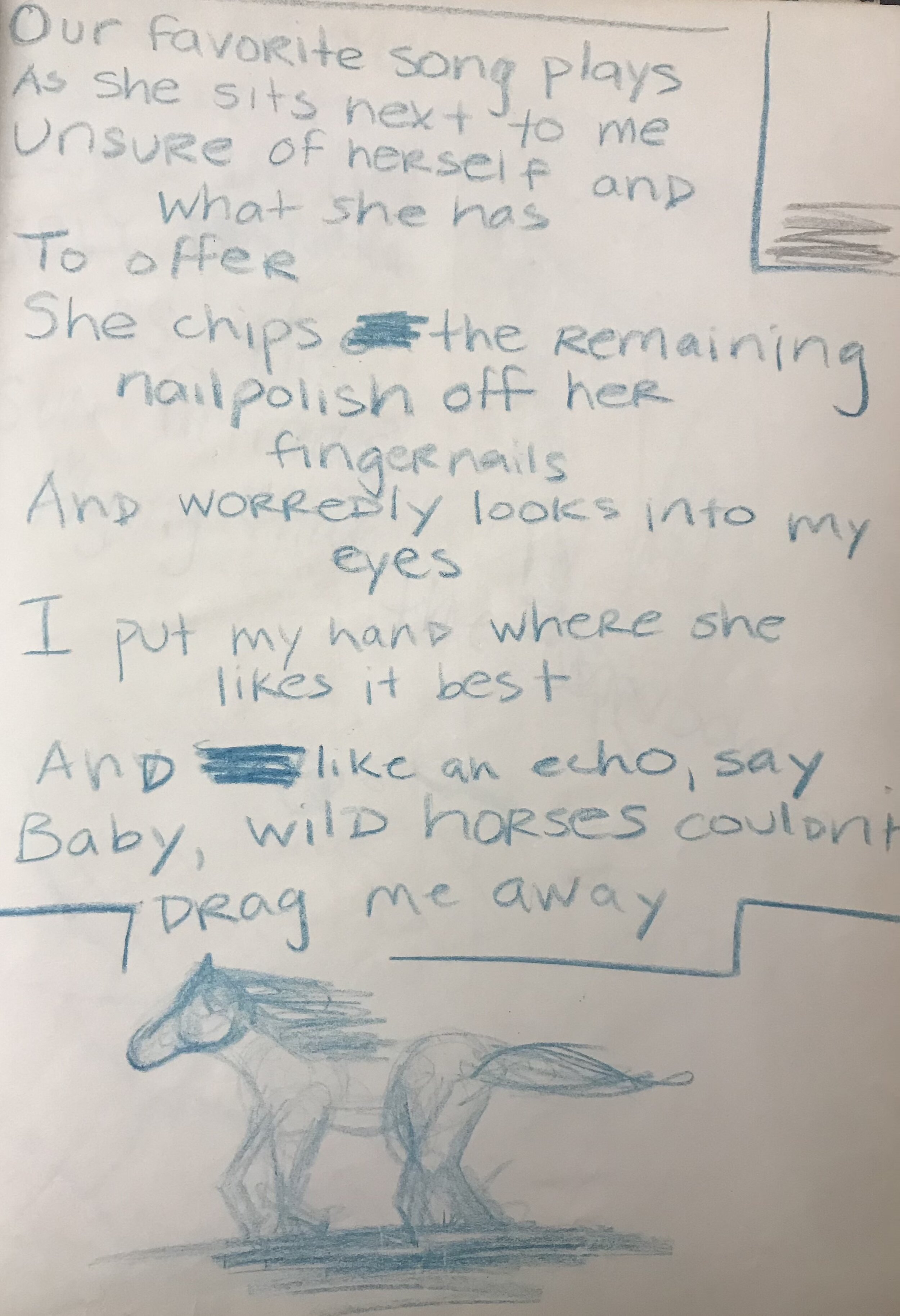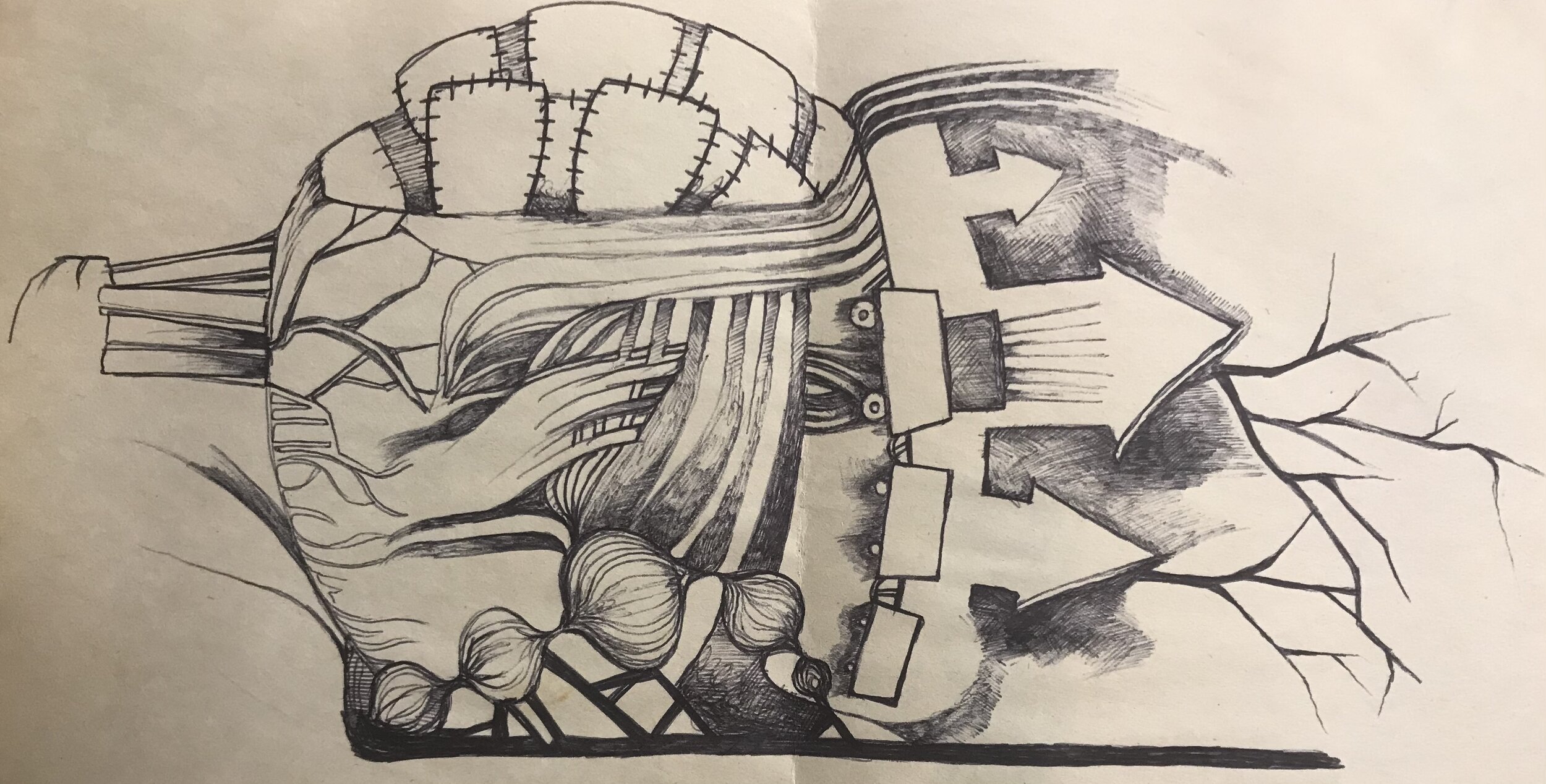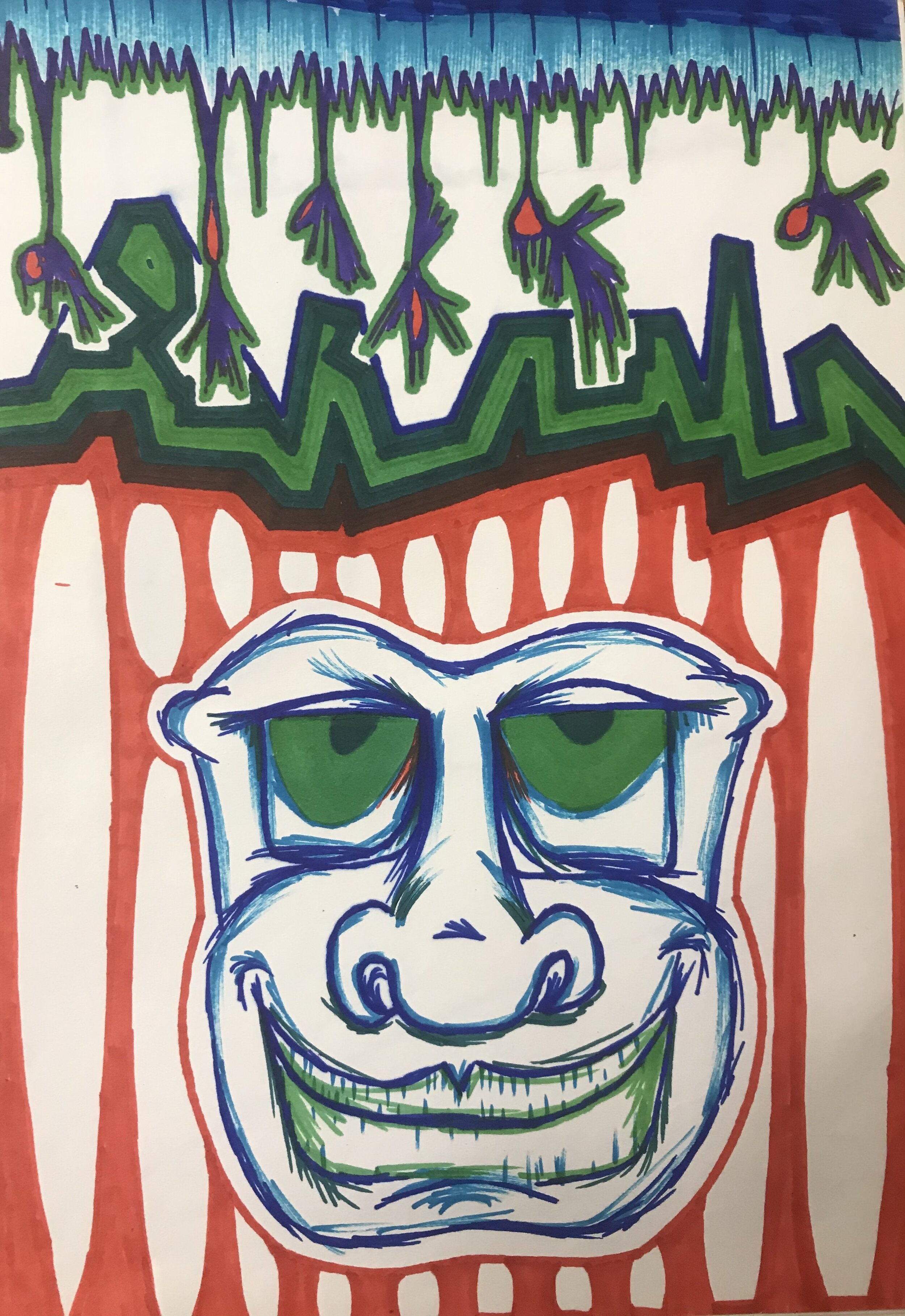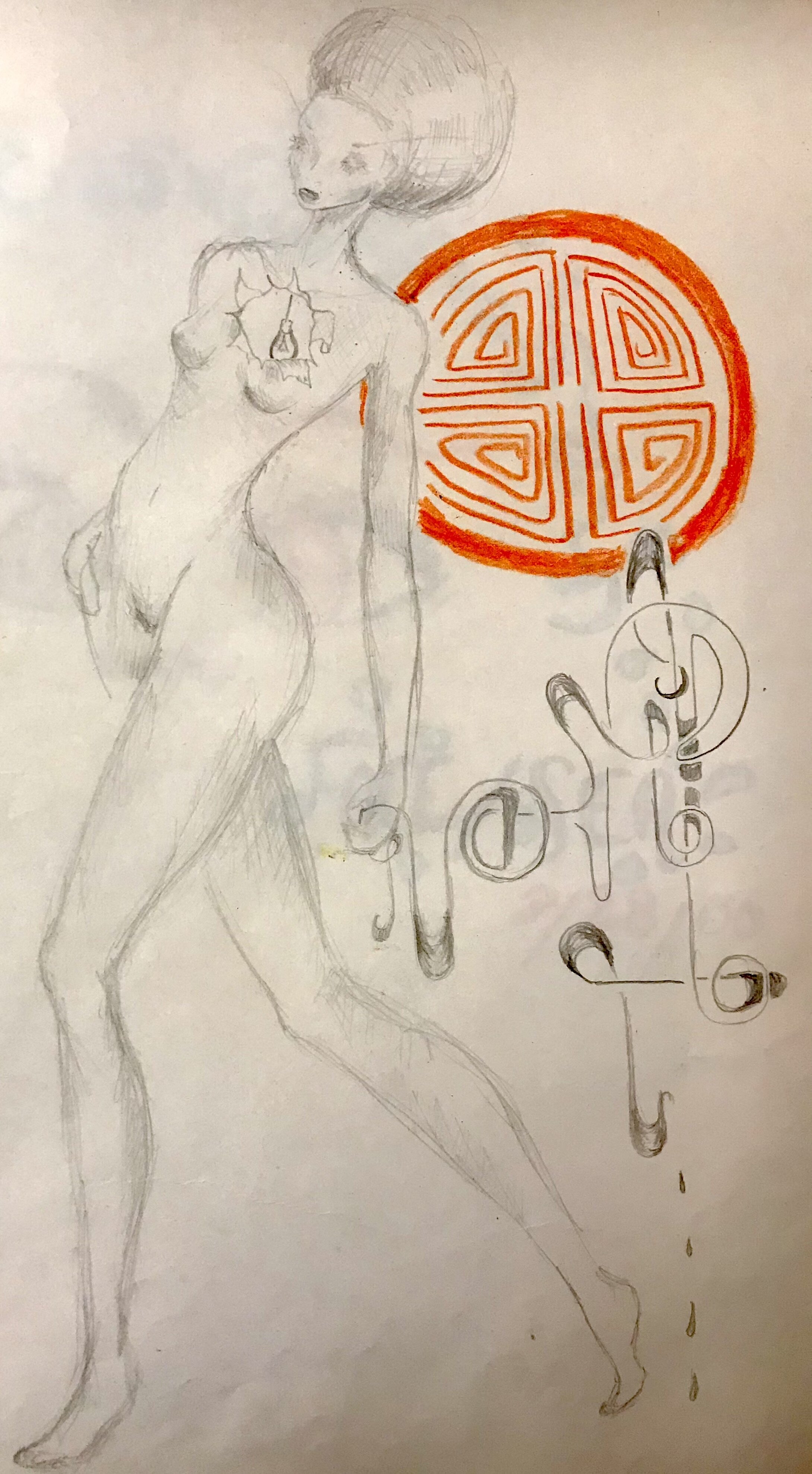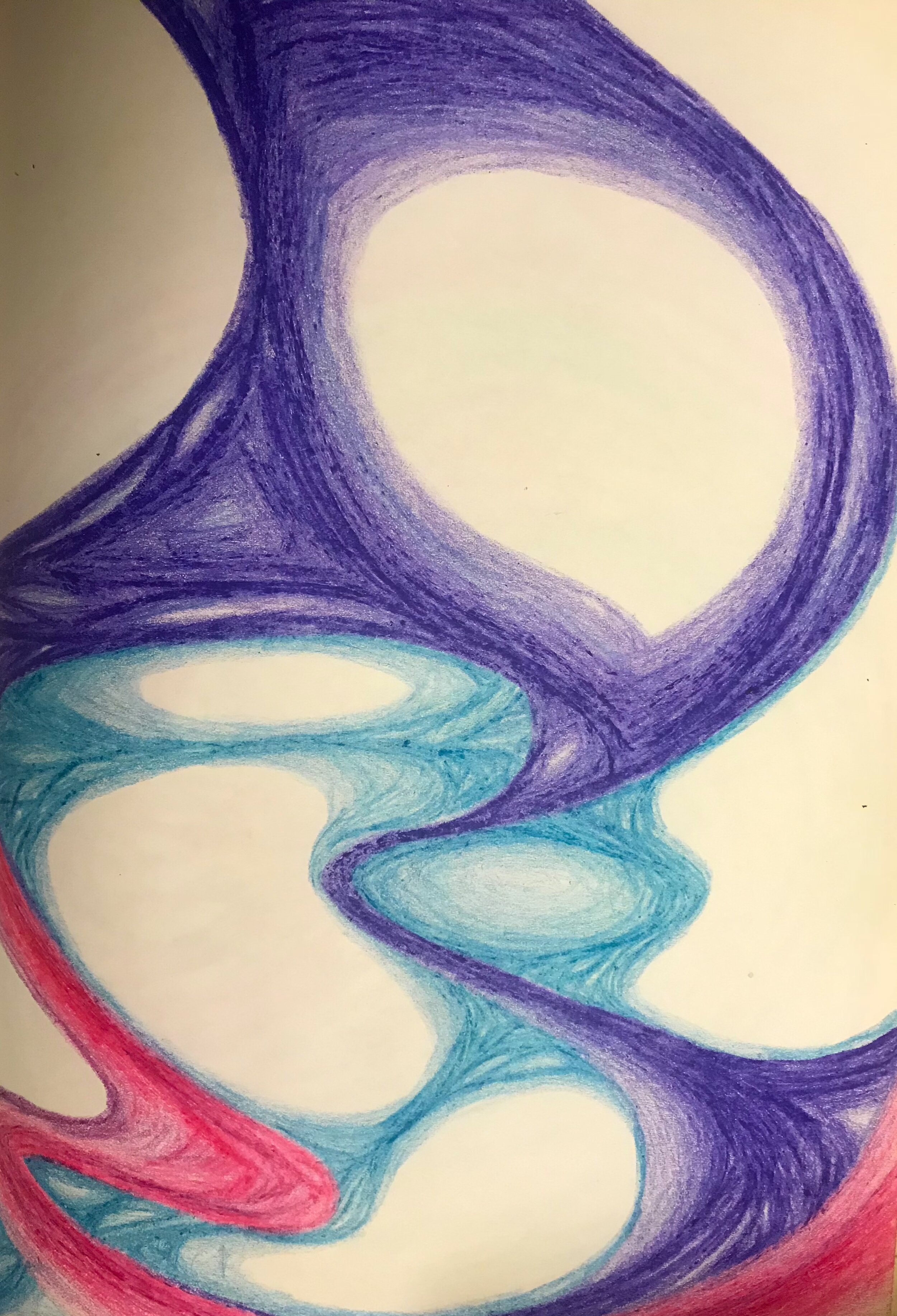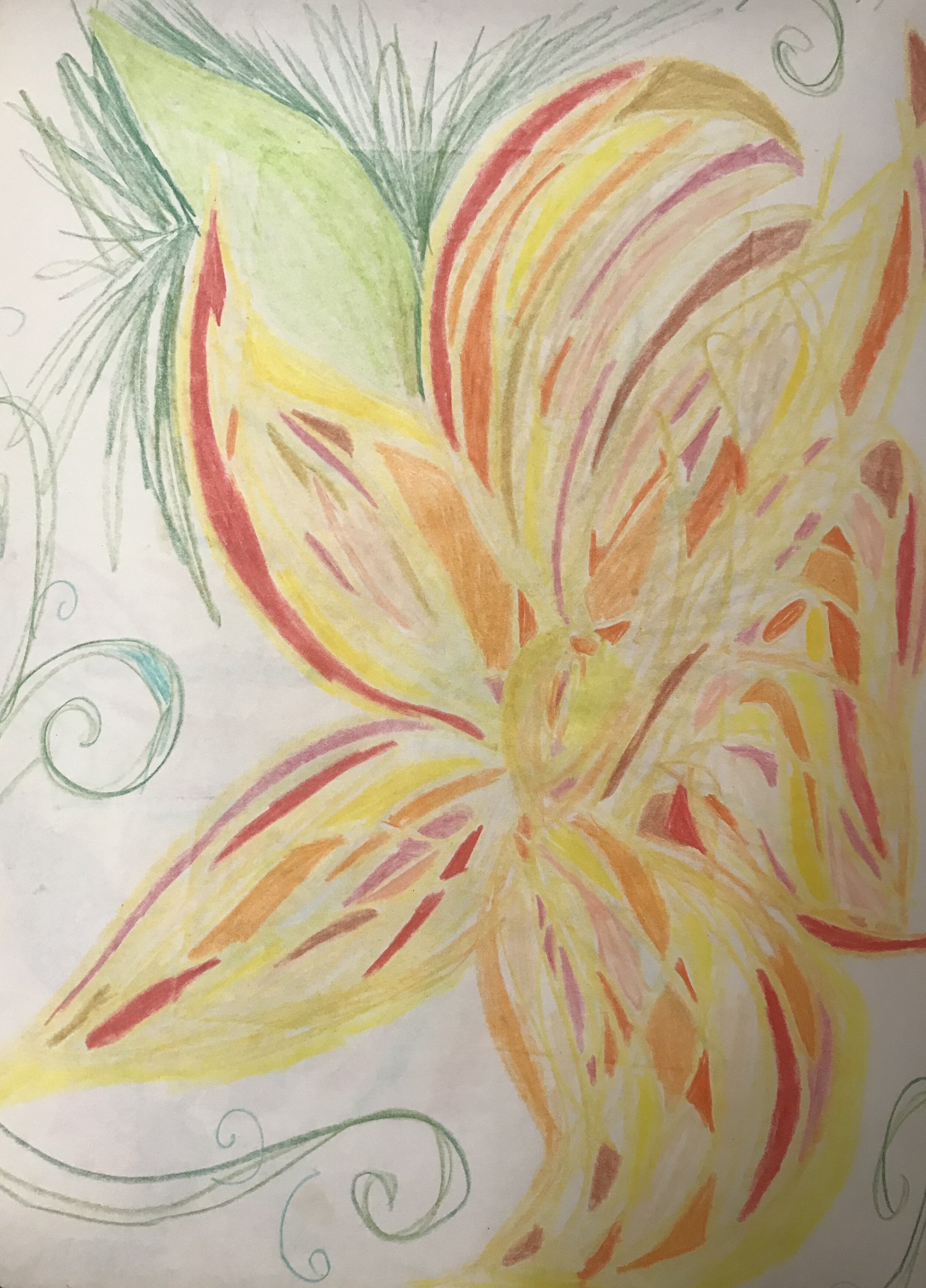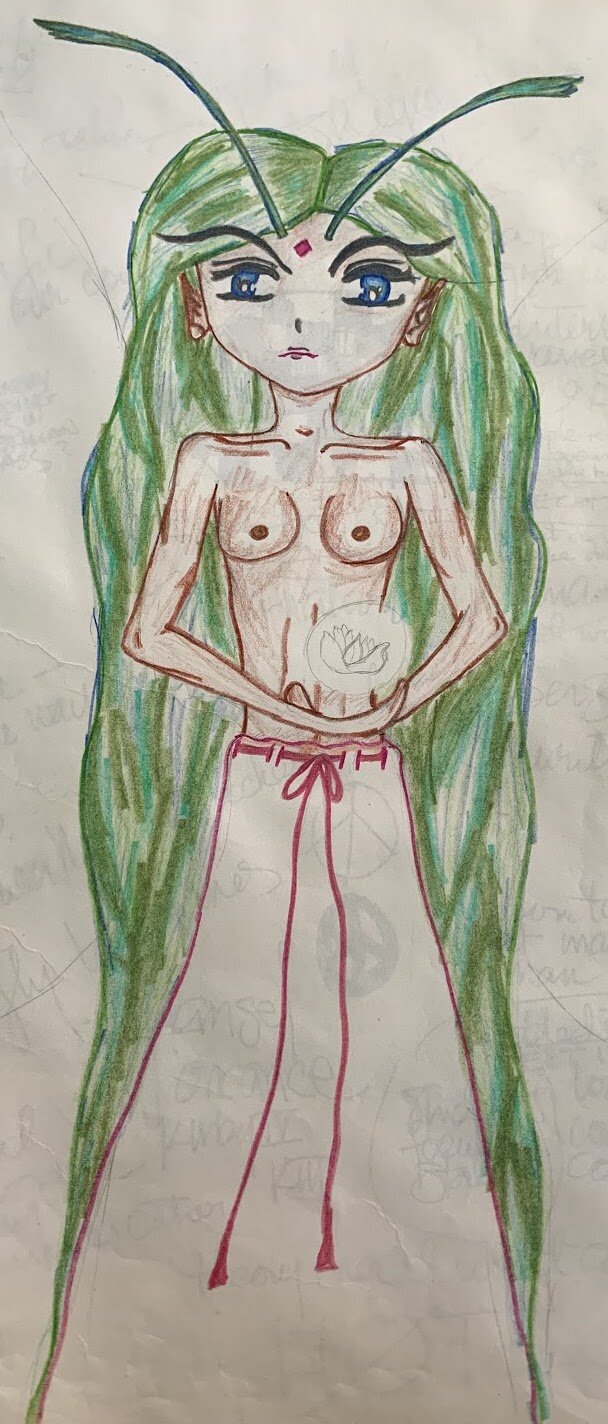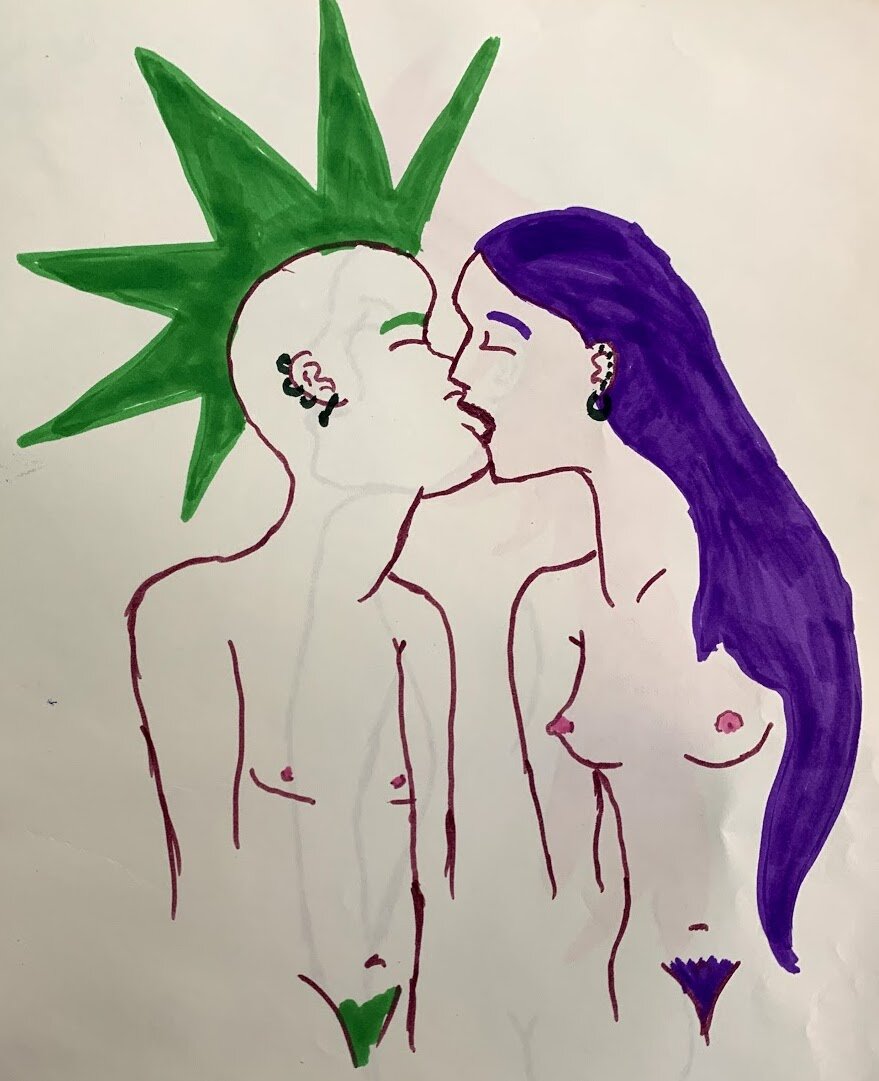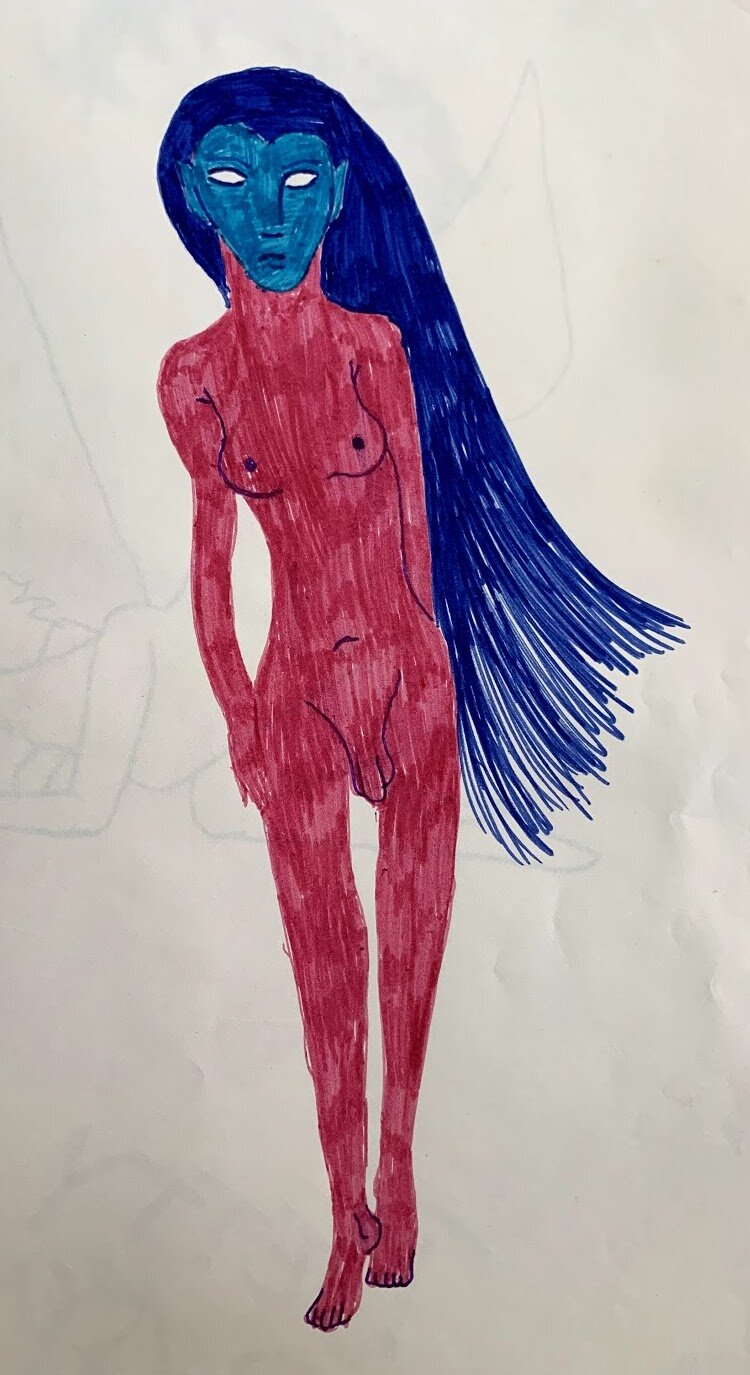It seems like there is an app for everything nowadays — finding the best taco place, taking professional-looking and rose-tinted photos and even making friends or finding a date. There is no app, however, to teach skills that are deeply important in the professional world and that many modern adults lack such as how to write articulately, formulate an argument, or problem-solve with ease — skills that are taught by an education such as the one provided at Sarah Lawrence College.
As technology continues to take a stronghold in our lives, there are more ways than ever to communicate digitally. However, humans seem to be less able to hold conversations and deliberate face to face, stuck behind the screen.
Many young people are vouching to study specialized skills such as engineering and business in college, missing out on the liberal arts education that is imperative for the workforce. According to data from the Integrated Postsecondary Education Data System, students who earn degrees in STEM-oriented careers have increased from 64 percent in 1970 to 77 percent in 2016, and degrees in humanities majors decreased from 36 percent to 23 percent.
However, the skills taught by a liberal arts education are essential for success in the professional world, according to Brandon Borrman, the Vice President of Global Communications at Twitter. Borrman attributes his vast and impressive accomplishments in the single-minded technology capital of the world to his liberal arts education at Sarah Lawrence.
“For a long time Silicon Valley believed that technology could solve everything and if there was a problem all you needed was a better technical solution to fix it,” Borrman says. “I think in the last several years, it’s become clear that tech isn’t the sole answer to all these problems.”
And as a liberal arts education continues to decline in popularity, the problems Borrman mentions become less easy to solve, as people lose the communication and problem solving skills taught at institutions like Sarah Lawrence.
“The de-emphasis of a liberal arts education in the United States has been unfortunate,” Borrman says. “It opens your mind in a way that is not common in more focused and technical educations typically.”
Borrman, who speaks with evident eloquence and charm, was born in Colorado, spent his childhood in Ohio and New York, attended high school in Connecticut, and landed on the Sarah Lawrence campus with the class of 1999, bright-eyed and unaware of the immense success his future would hold. When he speaks about his college years, he lights up, remembering a time filled with intellectual stimulation.
“It [Sarah Lawrence] was one of only a couple of schools I was looking at,” Borrman says. “Ultimately, I wanted an institution with smaller classes because I appreciated the debate and conversation aspect of education more than learning for the test and I really wanted a place that was going to challenge me to hone my writing skills and my logic skills. And certainly, its location close to New York City helped.”
Borrman had a passion for the arts and humanities and savored his education at Sarah Lawrence, studying everything from science to history, with a focus in music.
“I spent a lot of my time there studying music doing piano lessons, and composition, and conducting and theory, and then another chunk of my time on literature,” Borrrman says. “A very liberal arts education.”
He remembers some of the larger projects he completed with fondness, his favorites combining his passions, a predominant aspect of the Sarah Lawrence education.
“My junior year, I did a project that was looking at a Chzech composer and how his music interacted with and was based on various pieces of Russian literature,” Borrman explains.
Although Borrman spent much of his time studying music, after interning with a record company and a music agent, he realized he did not want to pursue it as a career.
“After I spent time seeing the business side of it [music], it became clear to me pretty quickly that I was more interested in doing this for myself, and not necessarily trying to make money off of it,” Borrman says.
He soon found an aptitude for public relations when he took an internship at GCI group in Grey Advertising.
“I thought it was at an advertising agency but turns out it was at a PR agency,” Borrrman remembers. “I literally had to Google what PR meant. But it turns out a lot of what PR is about writing and speaking and helping people understand a point of view and so I just sort of stuck with it.”
From there, his career public relations bloomed, working first with United Airlines in Chicago and later with Starbucks in Seattle, whereby he was offered a transfer to California.
“A former colleague of mine called me and said they were opening an office in San Francisco so I came here about twelve years ago,” Borrman says. “Naturally being in San Francisco, this is a technology town, so I just naturally fell into the industry.”
About a year and a half ago, Borrman was given an opportunity to work at Twitter, and he accepted with pride.
“It was an opportunity to work at a company whose overall mission of providing a service where anybody can have a voice is something I really believe in,” Borrman says.
Borrman now runs the Global Communications team at Twitter, where he works with reporters and regulators to present Twitter to the world.
“We are basically the team that is like the public interface for the company and the world around us,” Borrman says. “Our job is trying to tell the Twitter story externally effectively and bringing external perspectives into the company.”
Borrman realizes Twitter’s impact on the public, given the ever-growing presence of consumption of media on platforms like Twitter and Instagram replacing reputable news. Twitter is a new public sphere, where anyone and everyone — from politicians and celebrities to activists holding government accountable — can have a voice.
“One of the things we do is provide a platform that leaders around the world use and we think it’s important that people see what they [world leaders] have to say and understand how they’re thinking,” Borrman says. “We also provide a way that is pretty unique for people around the world to respond and engage with their world leaders and contradict what they say.”
Twitter’s stance on free speech has been a point of contention, especially in the current divisive political climate.
“Twitter being Twitter, we’re in the news around the world every day,” Borrrman says. “Especially this past year and a half, it’s been questions around our impact on elections around the world, questions of how we are dealing with abuse and trolling on the platform, and more broadly, how technology as a whole impacts society and whether it’s a good impact or a negative impact.”
In dealing with the public, Borrman must handle those who protest or question Twitter’s role in spreading free speech that might be considered hateful or deceitful.
“It’s certainly controversial and there are definitely people who have opinions that very strongly differ from ours and I think all that we can do is try to be consistent in our perspective,” Borrman says. Borman cites his education for teaching him how to accept a variety of viewpoints, a skill that is imperative in working at such a controversial company — one that values free speech even if it comes at a cost.
“What a liberal arts education did for me was it helped me understand that there are lots of different points of view and you have to be able to somehow be empathetic to different points of view and find points of commonality,” Borrman says. “The understanding you can develop especially at a place like Sarah Lawrence where the classes are smaller and you know all the people in your class, that human aspect is really important and can absolutely set you apart. Your ability to empathize with somebody else, to understand where they’re coming from is incredibly important.”
Borrman says empathy is especially important in a corporate setting because it shuts down close-mindedness and advocates healthy discussion and problem-solving.
“As corporate America wakes up to the fact that it has responsibilities beyond just making money, that ability to understand someone else’s perspective is really important.” Borrman adds.
Borrman admits that being the face of Twitter can be difficult, especially with issues surrounding political leaders, namely one in particular, using the platform to spread unpopular, and generally unfounded, opinions. However, he affirms his commitment to upholding their mission of providing a place where anybody can state their ideas publicly and others can involve themselves in debate and conversation.
“The early promise of the internet was a promise of equality and egalitarianism that it doesn’t matter who you were, you could go online and get access to the same things everyone else could get access to,” Borrman says. “We think that that’s a really important, critical idea for society and that we have a big role to play in continuing to keep that promise.”
Whether it’s talking to reporters, writing engaging tweets to uphold his public persona or presenting the latest Twitter feature, Borrman values his writing savvy and talent for civic speaking.
“I think having a grounding in the arts and humanities makes me helpful because I can work side by side with someone who’s got more of a technical focus,” Borrman says. “I can’t do coding, I don’t understand the mechanics of machine learning or AI but I can help them [engineers] understand how other people will react to those things, how they [the public] will respond to the impact on their lives and understand how what their doing will impact the world outside.”
Borrman explains that as the world is shifting toward technological dependency and people begin losing important verbal and artistic skills and others are put out of work by machines, the role of writers and artists only becomes more crucial.
“There are consequences and we have to start thinking about our responsibility to deal with the consequences,” Borrman says. “People who have a grounding in arts and humanities, their role and responsibility has become bigger, not smaller.”
In his free time outside of work, Borrman still pursues his passion for art in the midst of his logical minded employees and colleagues, enjoying photography. As for his future plans, Borrman intends to stay at Twitter for a while and continue advocating for the platform, combating any setbacks with his masterful argumentative and creative skills taught by the professors at Sarah Lawrence, his beloved alma mater.
“I really truly enjoy this job,” Borrman says. “I believe in what the company is trying to do so for the foreseeable future I plan to be here and try and help accomplish what we’re trying to accomplish.”
Zoe Stanton-Savitz, ‘23







